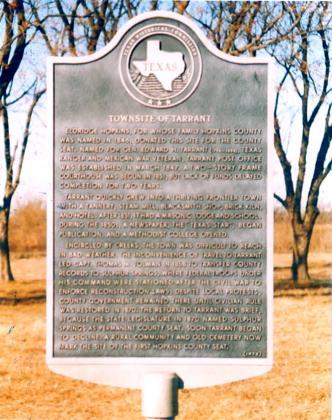In the early 1810s, Hopkins County was a grassy plain that stretched with plentiful soils on either side of the South Sulphur River. Wild grapes and wilder hogs abounded, and deer roamed the woods where cattle would one day graze. In 1815, a man named Hezekiah Hargrave, his wife, Suzanna, and their 10 children hitched their wagon load from Indiana and headed south to a new land called Texas.
When they reached the Red River, they decided to proceed further inland and hired a indigenous guide by the name of Selon Stout. Stout took the Hargrave family into the South Sulphur basin, where they “found the site ideal” and started to build crude log cabins for more families to join them. In the first 30 years of Hopkins County’s settlement, the population grew by 182.4%, whereas from 2017 to 2020, Hopkins County experienced 0.23% growth.
There were two areas of first settlement in Hopkins County, and they both had to do with water. An area that overlooked the South Sulphur River gave high and dry access to transport and water energy for a water-powered flour mill. This became known as Sulphur Bluff, which still thrives to this day.
The other area of early settlement was at the nexus of five creeks, where wild game such as turkeys, squirrel and deer were bountiful for hunters. This area also had rich soils with silt runoff from White Oak, Rock, Richland, North and East Caney creeks, and was near where the buffalo passed twice yearly on their migration. This became the townsite of Tarrant, Hopkins County’s first county seat.
Eldridge Hopkins, a cousin by marriage of the Hargraves, gave land for the Tarrant townsite. As rough-and-tumble pioneers, the early white settlers didn’t have much money to erect permanent buildings, so it took five years to raise enough money to build a courthouse, and they had to sell off cattle to add to the courthouse fund. In 1852, William Foster began to construct a courthouse in Tarrant, and the elderly Hezekiah Hargrave completed two months of work on it as well.
The town was named after General Edward H. Tarrant, revered for his participation in the War of 1812 and the Battle of New Orleans and was one of the early white pioneer inhabitants of Texas. He owned a ranch in what would later become Red River County, and he is also the person for whom Tarrant County is named. At the time of the naming of the town, he was living with his wife in Italy, Texas.
In 1847, Hopkins County’s Tarrant received its post office, predating the creation of Tarrant County in 1849. Tarrant had a tannery, a brick kiln, blacksmith, steam mill, Masonic lodge and also boasted the Hopkins Hotel. Sometime between 1850 and 1860, the Texas Star newspaper was founded. Since approximately the year 1860, the population of Sulphur Springs (at that time, Bright Star) began to grow larger than Tarrant. And citizens wishing to go back and forth to Tarrant to conduct business often found the roads too bad to travel to Sulphur Springs.
“A portion of the road from Sulphur Springs to Tarrant, about 5 miles, was not only rough and unpleasant but absolutely dangerous to travel in good weather and by daylight,” wrote Hopkins County historian June Tuck.
In 1870, to the “absolute fury,” of Tarrant citizens, Tuck wrote, records were moved from the Tarrant courthouse to the Sulphur Springs courthouse. In 1871, an official act of the 12th legislative session of the State of Texas appointed Sulphur Springs the county seat of Hopkins County.
Not long after, the sheriff ordered the abandoned Tarrant courthouse up for sale, and it was dismantled board by board. Some of its original building materials still remain in the county, where they comprise buildings on Connally Street, according to Tuck. With no reason left for existence, the once-thriving city became a ghost town. The cemetery and its church remain and are cared for by the rural community, and in 1975 Hopkins County historians petitioned the state and received a historical marker for the town.
“Tarrant was beautifully located…, but no highway could pass through it and therein lay the cause of its death,” wrote a Tarrant “old timer” in application for the historical marker.
Still, those who were citizens of Tarrant remembered it fondly.
“They were happy in a lot…, striving to build a new country and working to make their dreams and hopes come true,” wrote Hopkins County historian P.T. Hare. “They came without capital…, and many were happy just with what nature provided.”



